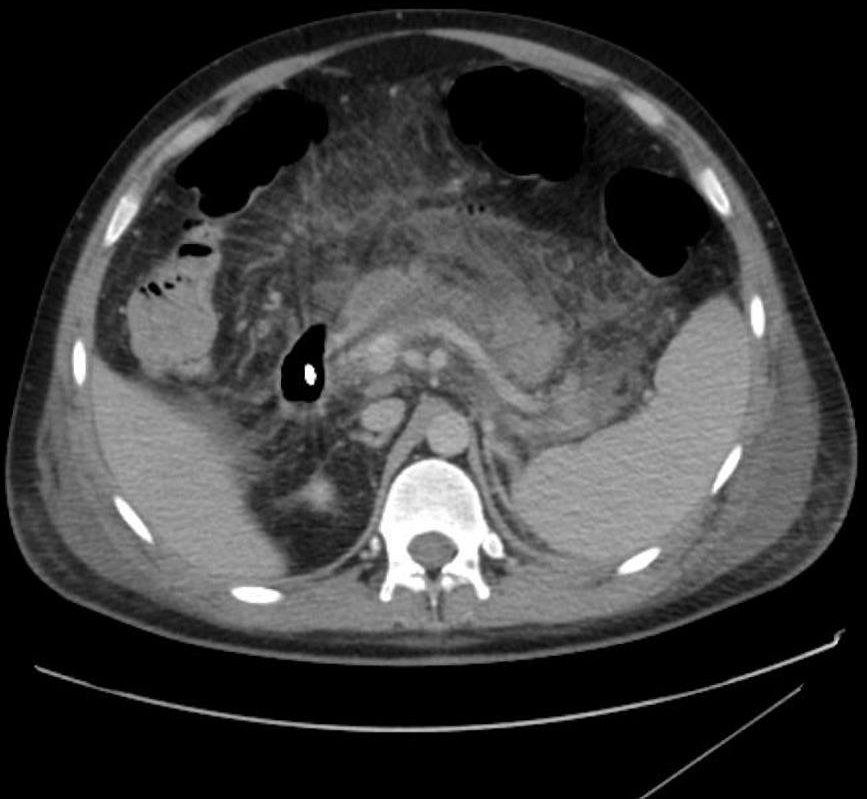- The paper demonstrates unprecedented improvements in text and multimodal medical reasoning, with GPT-5 achieving up to 95.84% accuracy and significant gains on MedXpertQA.
- The study employs a unified zero-shot chain-of-thought prompting method to integrate heterogeneous data sources, including clinical text, structured indicators, and medical images.
- The paper highlights GPT-5’s super-human performance on multimodal tasks, surpassing pre-licensed human experts and setting new benchmarks for clinical decision support.
Evaluation of GPT-5 for Multimodal Medical Reasoning
Introduction
The paper presents a comprehensive evaluation of GPT-5 and its variants (GPT-5-mini, GPT-5-nano) on multimodal medical reasoning tasks, benchmarking their performance against GPT-4o-2024-11-20 and pre-licensed human experts. The paper addresses the critical challenge of integrating heterogeneous medical data—textual narratives, structured indicators, and medical images—within a unified reasoning framework. The authors employ standardized zero-shot chain-of-thought (CoT) prompting across diverse datasets, including MedQA, MedXpertQA (text and multimodal), MMLU medical subsets, USMLE self-assessment exams, and VQA-RAD, to isolate model improvements from prompt engineering or dataset idiosyncrasies.
Datasets and Evaluation Protocol
The evaluation spans both text-based and multimodal medical QA/VQA datasets:
- MedQA: Multiple-choice questions from US, Mainland China, and Taiwan medical licensing exams.
- MMLU-Medical: Subset of MMLU focused on medical knowledge and reasoning.
- USMLE Self Assessment: Official practice questions for Steps 1, 2 CK, and 3.
- MedXpertQA: Expert-level benchmark with text-only and multimodal subsets, the latter incorporating complex clinical images and patient records.
- VQA-RAD: Radiology-focused VQA dataset with binary yes/no questions linked to curated clinical images.
The unified prompting protocol utilizes zero-shot CoT reasoning, with explicit step-by-step rationale generation followed by a discrete answer selection. For multimodal items, images are appended to the initial user message, enabling integrated vision-language reasoning.

Figure 1: A prompting design sample from MedXpertQA, illustrating the integration of clinical text and medical imaging in the input.
Results: Text-Based Medical Reasoning
GPT-5 demonstrates consistent and substantial improvements over GPT-4o and its own smaller variants across all text-based benchmarks. On MedQA (US 4-option), GPT-5 achieves 95.84% accuracy, a 4.80% absolute gain over GPT-4o. The most pronounced improvements are observed in MedXpertQA Text, with reasoning and understanding scores increasing by 26.33% and 25.30%, respectively. In MMLU medical subdomains, GPT-5 maintains near-ceiling performance (>91%), with incremental gains in high-baseline categories, indicating that the model's upgrades primarily benefit complex reasoning tasks rather than factual recall.
Results: USMLE Self Assessment
GPT-5 outperforms all baselines on USMLE Steps 1, 2, and 3, with the largest margin (+4.17%) on Step 2, which emphasizes clinical decision-making. The average score across steps is 95.22%, exceeding typical human passing thresholds and demonstrating readiness for high-stakes clinical reasoning.
Results: Multimodal Medical Reasoning
GPT-5 achieves dramatic improvements in multimodal reasoning, particularly on MedXpertQA MM, with reasoning and understanding gains of +29.26% and +26.18% over GPT-4o. This magnitude of improvement suggests enhanced cross-modal attention and alignment within the model architecture. Notably, GPT-5 surpasses pre-licensed human experts by +24.23% (reasoning) and +29.40% (understanding) on MedXpertQA MM, marking a shift from human-comparable to super-human performance.
A representative case from MedXpertQA MM demonstrates GPT-5's ability to synthesize clinical narratives, laboratory data, and imaging findings to recommend appropriate high-stakes interventions.

Figure 2: GPT-5 reasoning output and final answer for MedXpertQA: case MM-1993, showing stepwise integration of multimodal evidence and exclusion of incorrect options.
In contrast, GPT-5 scores slightly lower on VQA-RAD (70.92%) compared to GPT-5-mini (74.90%), possibly reflecting conservative reasoning calibration in the larger model for small-domain tasks.
Comparison with Human Experts
GPT-5 not only closes the performance gap with pre-licensed human experts but exceeds their scores by substantial margins in both text and multimodal settings. GPT-4o remains below human expert performance in most dimensions, underperforming by 5.03–15.90%. The magnitude of GPT-5's lead is most pronounced in multimodal reasoning, where its unified vision-language pipeline delivers integration of textual and visual evidence that surpasses experienced clinicians under time-limited test conditions.
Discussion
The evaluation reveals several key findings:
- Substantial Gains in Multimodal Reasoning: GPT-5's improvements are most pronounced in tasks requiring tight integration of image-derived and textual evidence, suggesting architectural or training enhancements in cross-modal attention.
- Strength in Reasoning-Intensive Tasks: Chain-of-thought prompting synergizes with GPT-5's internal reasoning capacity, enabling more accurate multi-hop inference, especially in complex clinical scenarios.
- Super-Human Benchmark Performance: GPT-5 consistently exceeds pre-licensed human expert performance in controlled QA/VQA evaluations, highlighting its potential for clinical decision support. However, these results are obtained under idealized testing conditions and may not fully capture the complexity and uncertainty of real-world medical practice.
- Scaling-Related Calibration Effects: The slight underperformance of GPT-5 on VQA-RAD compared to GPT-5-mini suggests that larger models may adopt more cautious reasoning strategies in small-domain tasks, warranting further investigation into adaptive prompting and calibration techniques.
Implications and Future Directions
The demonstrated capabilities of GPT-5 have significant implications for the design of future clinical decision-support systems. Its proficiency in integrating complex multimodal information streams and delivering accurate, well-justified recommendations positions it as a reliable core component for medical AI applications. However, the transition from benchmark evaluations to real-world deployment necessitates further research into prospective clinical trials, domain-adapted fine-tuning, and robust calibration methods to ensure safety, transparency, and ethical compliance.
Conclusion
This paper provides a rigorous, longitudinal evaluation of GPT-5's capabilities in multimodal medical reasoning, establishing its superiority over GPT-4o, smaller GPT-5 variants, and pre-licensed human experts across diverse QA and VQA benchmarks. The model's substantial gains in reasoning-intensive and multimodal tasks mark a qualitative shift in LLM capabilities, bridging the gap between research prototypes and practical clinical tools. Future work should focus on validating these results in real-world clinical environments and developing strategies for safe and effective deployment.


